Music history is rife with vinyl records, from their peak of popularity a few decades ago to their current vintage revival as collector’s items. Which is the oldest vinyl record? And, how did vinyl come about? Let’s find out!
The Birth of the Vinyl Record
The vinyl record first appeared in the early 20th century, though the real history of the recorded music market started in the 19th century when Thomas Edison invented the phonograph (which originally recorded on cylinders).
Interestingly, it was the vinyl record (though considerably smaller than what we use now) that did not appear until the late 1940s.
Technically, the very first commercial vinyl disc made in 1930 by RCA Victor, known as the ‘Program Transcription’ record, was the oldest vinyl of all.
Playing for two or three times as long as shellac discs of the past, it was the prototype for modern records. Not the oldest by a long shot, but the technology’s first turning point.
The True Oldest Vinyl Record
How long has there been a vinyl record? It depends a bit on what you mean by ‘vinyl’. If by ‘vinyl’ we mean the format I know and love today, then the answer is RCA Victor’s 1930 record.
If we mean tracing back to the roots of flat discs, then we have to go all the way back into the late 19th century.
The most ancient round layout has been manufactured by Emile Berliner at 1889. His gramophone disc, though not made of vinyl, started an orthodox line, which resulted in future records.
His disks have been made of a hard rubber and shellac, however are considered to be the primary ancestors of a vinyl record.
Historical Significance of Early Records
The gramophone disc Berliner went on to innovate and the early vinyl records produced by RCA Victor helped to lay the foundations for the widespread use of music. Music had been generally an oral-bodily genre rather than something to be written down before the days of recorded music. Recorded music helped establish the world of mass production and mass listening that has come to characterise music for the general public.
These early discs also provided a foundation for the 33 ⅓ RPM LPs and 45 RPM singles that dominated the marketplace much of the mid-20th century.
While the 45 RPMs provided a platform for shorter snippets of music, the extended time of the 33 ⅓ format changed the ways that artists and consumers interacted with one another. RCA Victor’s 1930 innovation was only the first of vinyl’s many enduring legacies.
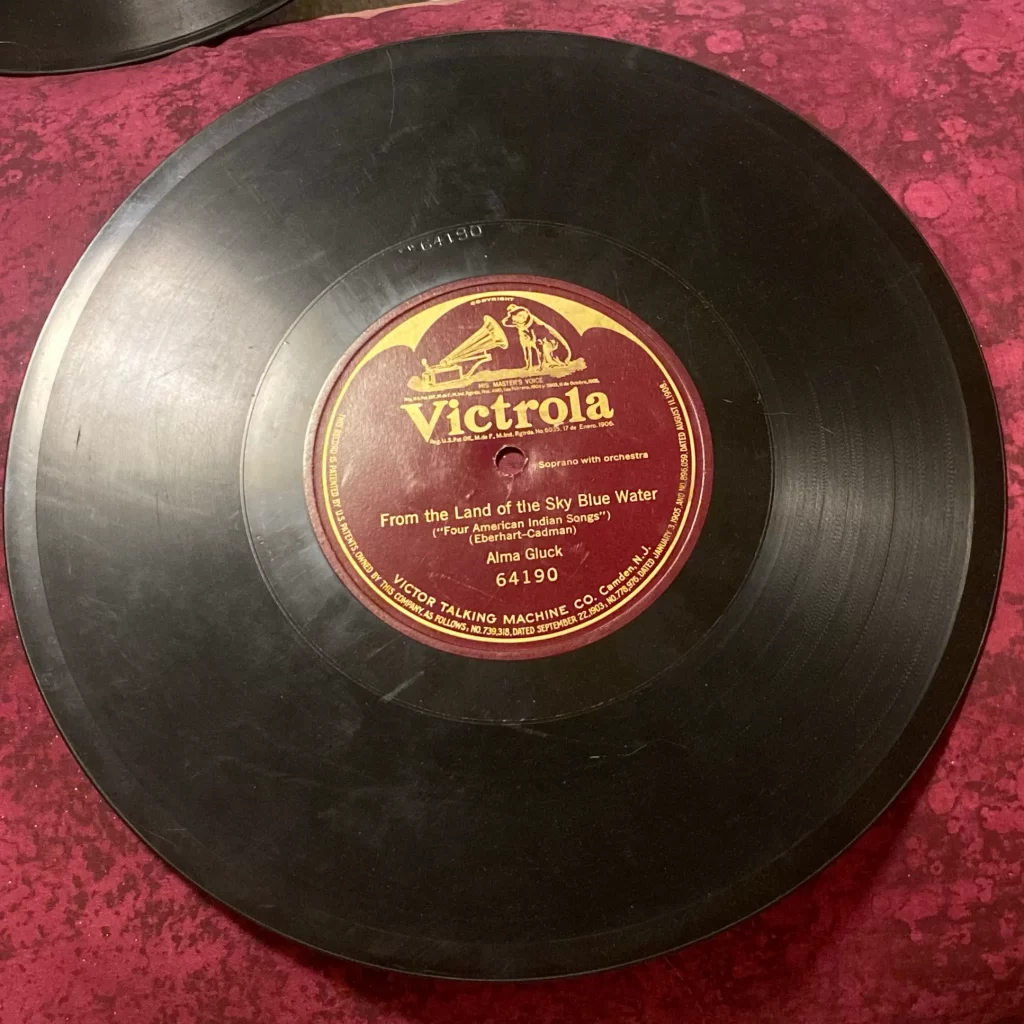
The Vinyl Renaissance
Today, vinyl records are once again popular. Collectors and audiophiles appreciate the warm, analogue sound quality of LPs.
As digital music formats began to supplant beautifully designed vinyl records, a reassessment of its unique qualities led to a resurgence of interest among collectors. As a result, the history of vinyl and its early incarnations have become part of the popular conversation.
Also Read: – Top 10 stores that sell vinyl records Online
Conclusion: A Legacy in Sound
But it is hard to say which is the world’s oldest vinyl record, so I’ll just conclude by pointing out the way in which the enduring legacy of those first experimental innovations by the likes of Berliner, RCA Victor and their competitors changed musical listening forever, and sowed the seeds of the music that thousands – or perhaps millions – of enthusiasts are now enjoying.
For those music lovers, the fascination with vinyl sounds like a story with a few chapters: it looks very old; it sounds exceptionally good; it’s bigger than old.
It’s a story with multiple protagonists – you, me and a piece of longer, increasingly more luxurious plastic. The thing is, I’m kind of making it up. Old music on old records was bad – really bad. Now imagine one of the most widely adored musical acts of all time running up to the mike and playing air guitar live on stage, in front of an exalted crowd of 1500.
Music lovers, there is only one answer. The earliest sound recordings might have been analogue, but they are of a different world entirely to the vinyl records you have on your shelves. Yes, there were actual records holding music as early as 1881, way before the ‘first record’, released in 1915. And yes, proto-records played differently than vinyl records: they spun at a higher speed; they vibrated like wines, instead of at the core; they were engraved or cut from metals like zinc or hardened rubber; and they were not wrapped in plastic, but in tinfoil.
But these are just minor risks – no more than a few bumps and scratches away from the Charles Darwin album you’ve had since 1970.

An Electronics Engineer & A MBA in Marketing Graduate, Kinjal Gosar is a passionate audiophile herself. Starting her career at India’s biggest Consumer Electronics Retail Chain, her technical knowledge is amazing. Classic Rock has been a huge part of her life and her love for Music has always been evident in all her work. A vinyl collector herself, she loves spreading the joy of analouge while giving nothing but the best to her fellow vinylheads.
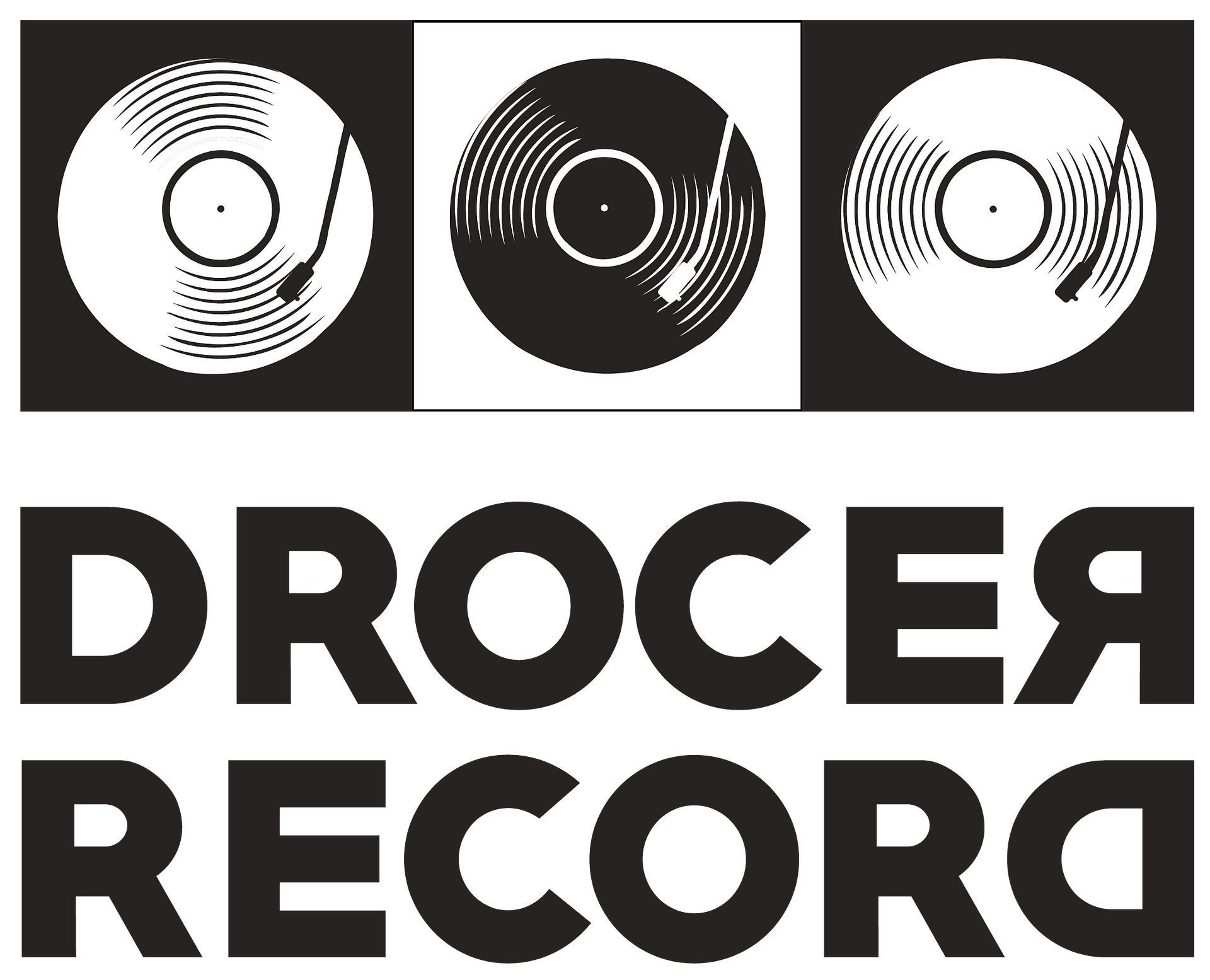
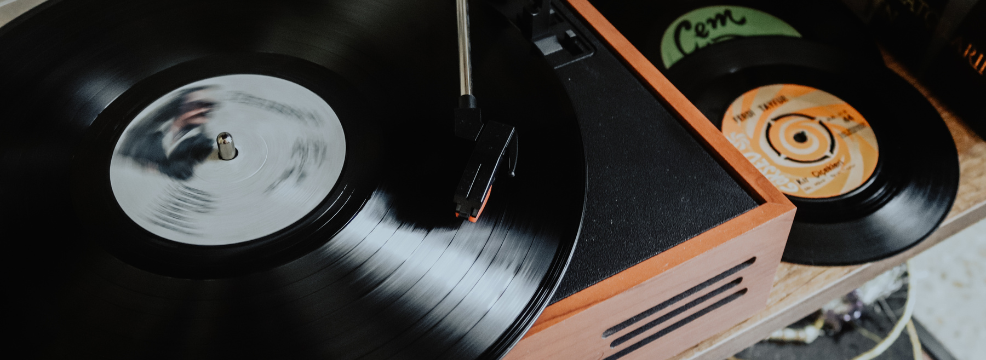

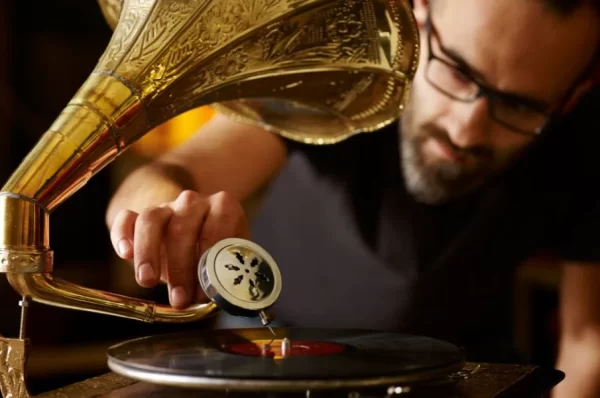
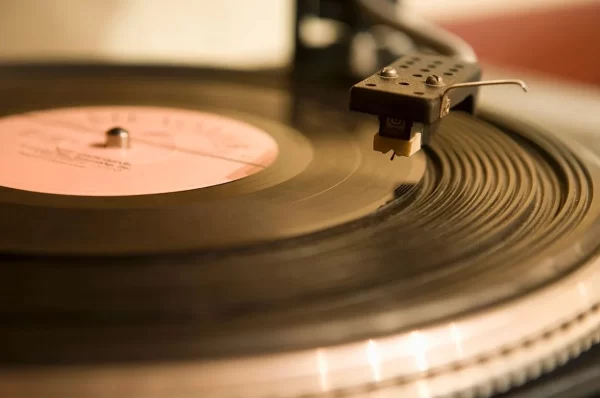

Comment (1)